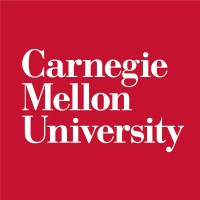
Carnegie Mellon University
Carnegie Mellon University founder Andrew Carnegie said: "My heart is in the work." No statement better captures the passion and drive of our people to make a real difference. At Carnegie Mellon, we're not afraid of the work. Our educational environment creates problem solvers, drivers of innovation and pioneers in technology and the arts. Employers in every field say our graduates are ready to hit the ground running the day they graduate. So, join us. Whether you're looking for a career or an education. Or both.






